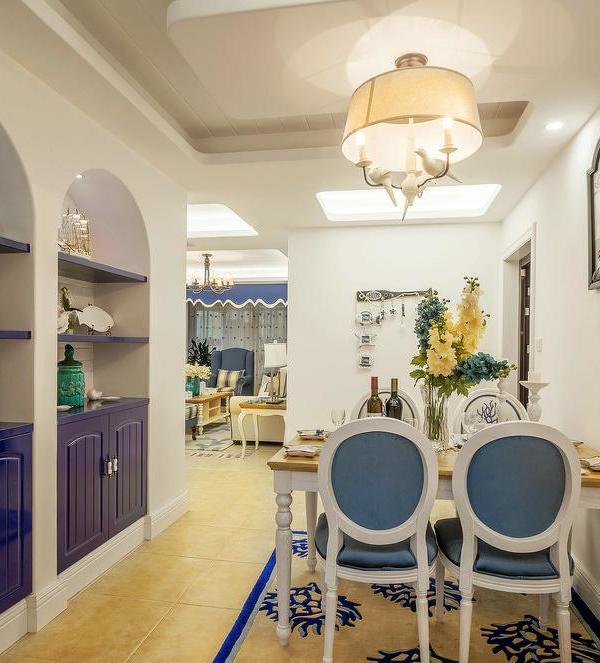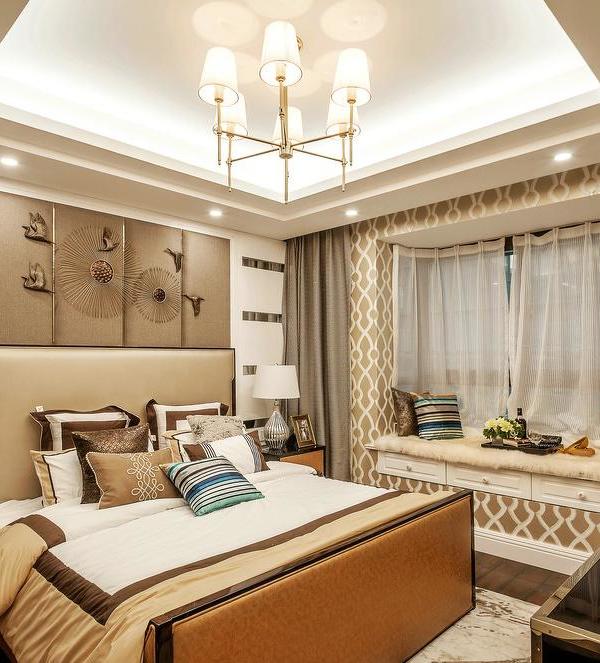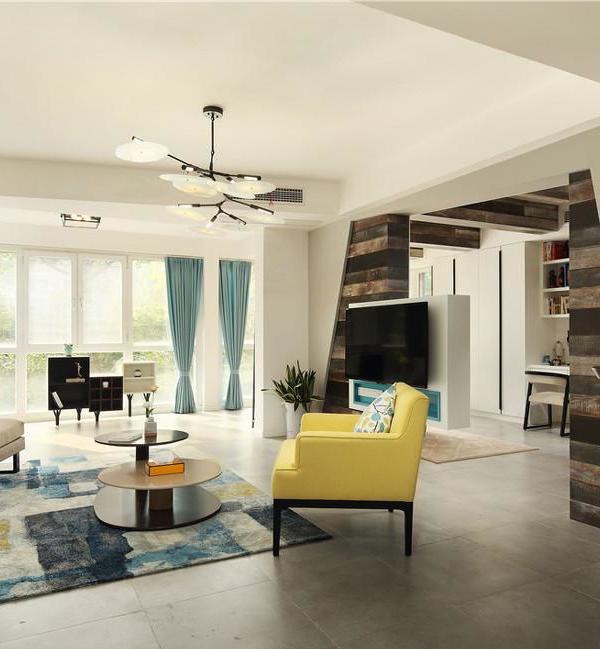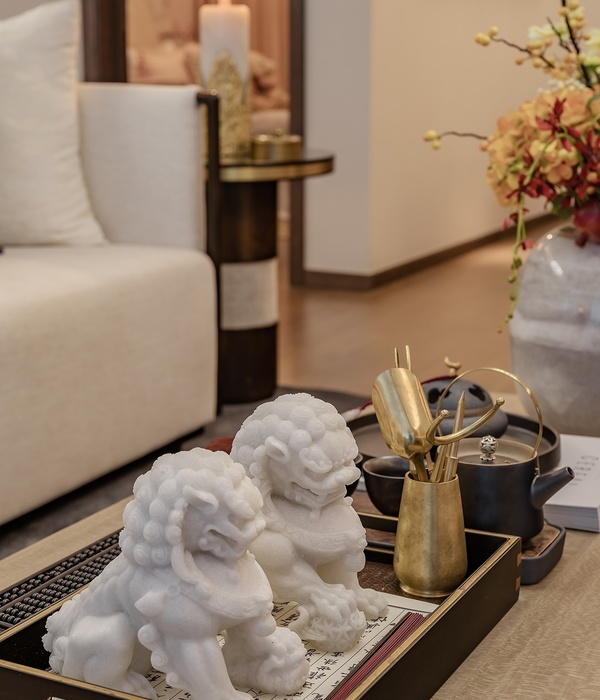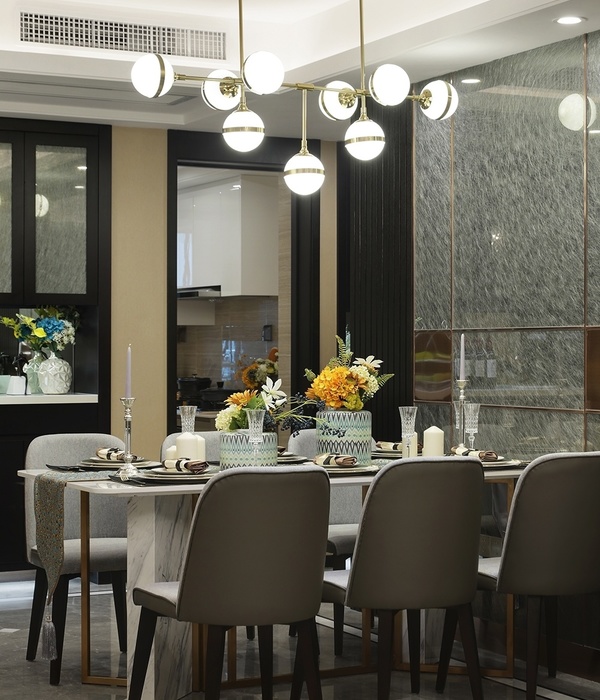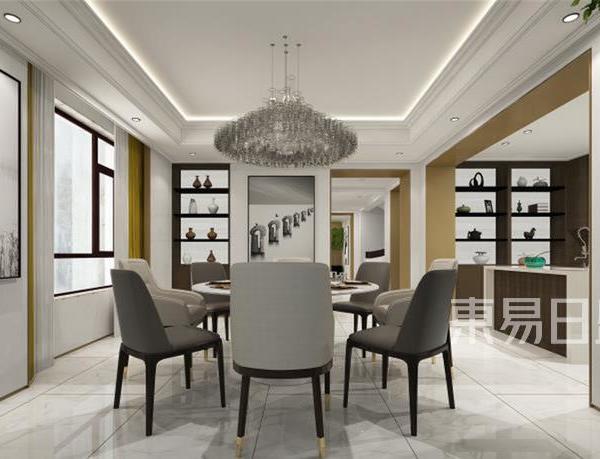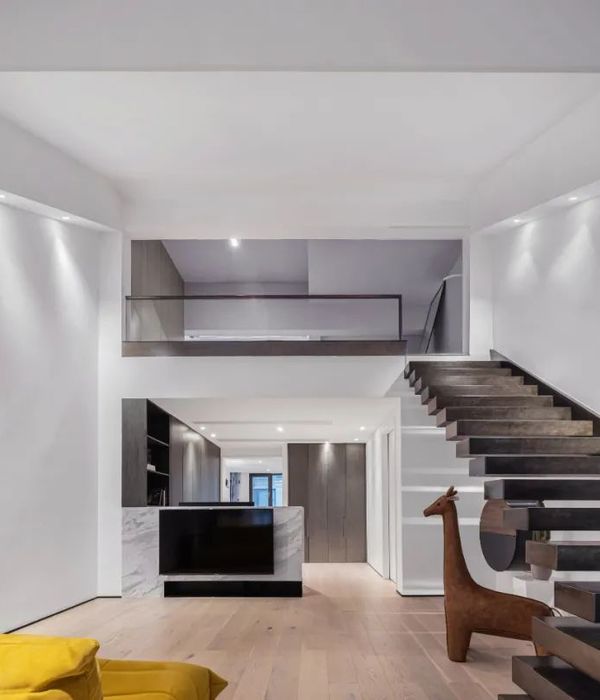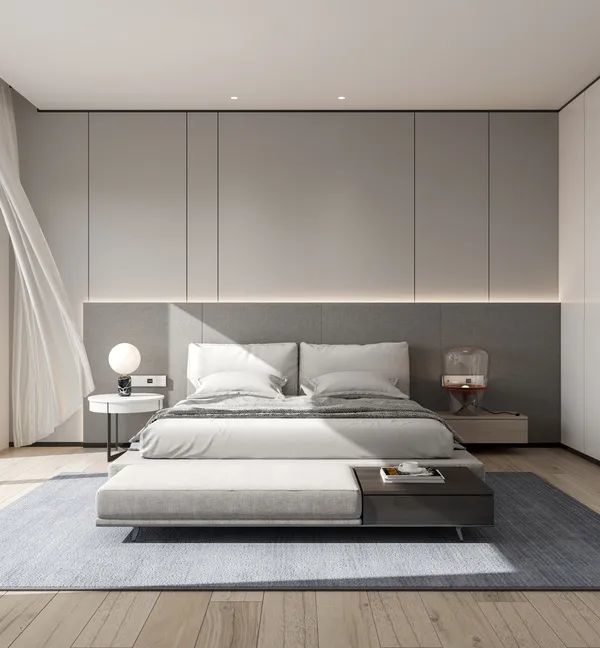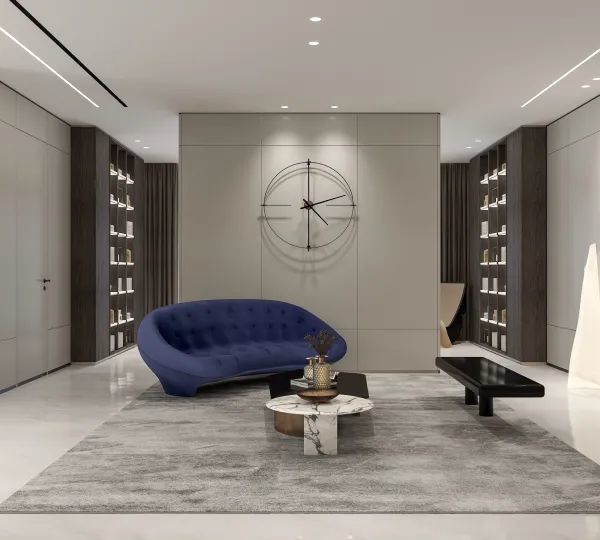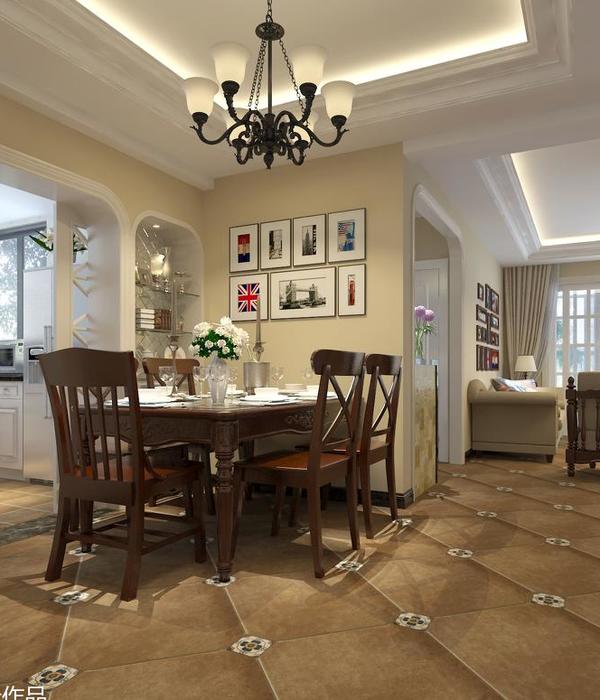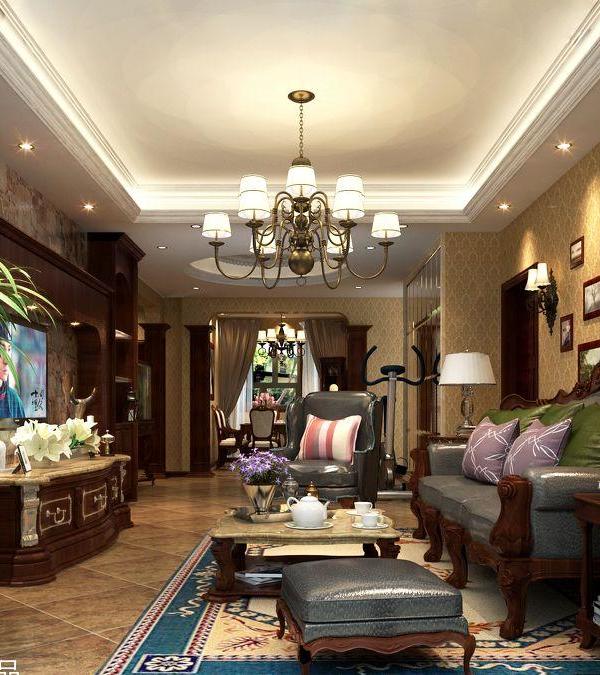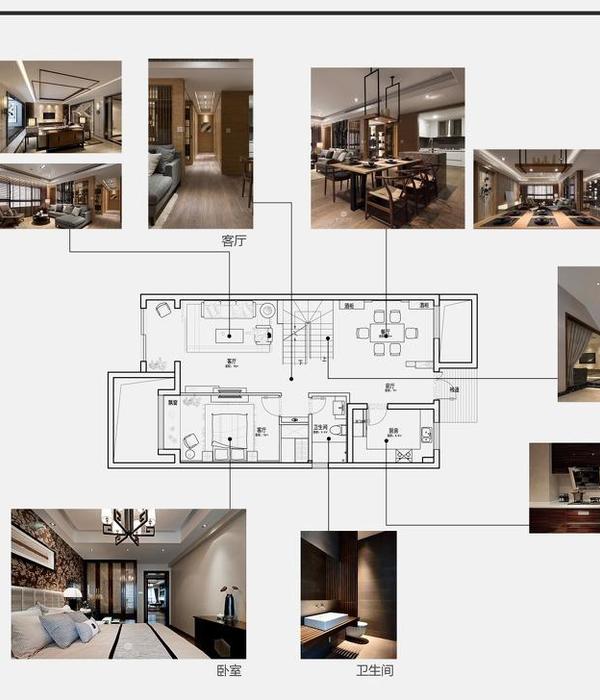Text by Ewan McEoin. The Hugh Williamson Senior Curator of Contemporary Design and Architecture, National Gallery of Victoria, Melbourne, Australia. As perhaps the first truly contemporary Australian mosque, the Australian Islamic Centre in Newport, Melbourne, is an architectural and social marker of a new perception of Islam in Australia. By respectfully recalibrating historical Islamic design conventions for contemporary Australia – a country with a well-established and growing Muslim population – this project heralds a new interpretation of mosques as a future part of our suburbs.
In designing this building, Pritzker Architecture Prize-winning architect Glenn Murcutt has drawn on modernist principles while responding to the project’s community and traditional contexts. The building’s construction, from 2006 to 2018, is as much a story of Murcutt’s architectural capacity as it is of his adeptness at mediating a range of viewpoints. Through the transparency and openness of its formal design, this mosque offers a new look inside walls traditionally closed to outsiders, and thus acts as a form of communication in itself.
The brief was for a modern and Australian building that would contribute to a positive interpretation of the mosque as a welcome architectural feature of suburban Australia. A building committee conducted research into suitable architects for the project, identifying Sydney-based Murcutt through his role as a chair of the jury for His Highness The Aga Khan’s Awards for Architecture, an international awards for the design of Islamic buildings.
At the time, Murcutt’s architectural practice did not include the design of Islamic buildings, and he had limited personal experience of the Australian Islamic community. When invited by the committee to discuss designing the new mosque, his response was one of surprise: “Of course I was excited by the possibility, but working outside one’s city and experience of designing a mosque, for a sole practitioner, had its special difficulties. Knowing how difficult it is to achieve the level of architecture that makes a new project worthwhile, excitement can easily be overtaken by nervousness. I wanted to work with an architect from an Islamic background, in equal collaboration. Hakan Elevli was suggested, a meeting took place and he joined the project”.
From the outset, Murcutt understood that the mosque should simultaneously embrace Islamic design traditions and address the spirit of local and Australian communities; it was to be inclusive and respectful of people of all faiths. His design for the building draws from the functional and semiotic language of traditional mosque architecture, considering fundamentals such as the orientation towards Mecca of a mihrab (niche) within a qibla wall; a large hypostyle (columned) central prayer hall; bodies of still water; provision of facilities for ablutions completed prior to prayer; and separate spaces, as required culturally, for men and women.
The building is organised as a set of interconnecting spaces arranged across two levels. A congregational hall, library, cafe, commercial kitchen, and sporting hall occupy the ground level, and the first floor, accessed via dedicated arrival stairs, provides a set of elevated spaces for women. Murcutt’s design also deviates from time-honoured design principles in important ways: it negates the need for a high domed roof, instead offering a facade that favours transparency over enclosure, and reimagines the form of the minaret – the tower from which the call to prayer was traditionally announced – as an elevated wall demarcating an arrival courtyard. Murcutt comments on how he considered historical precedents and functional requirements when making these design decisions:
A number of questions arose during the design process, particularly those that related to the minaret and the dome. Some community members questioned our proposal to eliminate the minaret on the grounds it is a symbol of the faith. Traditionally it was the place for the calling of prayers but today, in Australia, this was not likely to happen. There are other mosques that eliminated the minaret, so the proposition was not new. A large east-facing ground-floor courtyard and undercover verandah form the mosque’s entrance zone, including different access points for men and women. The expansive verandah offers a generous gathering space reminiscent of traditional mosque sahn courtyards and provides additional space for large congregations, such as those that gather during Eid prayer. To the south, the courtyard and verandah are bordered by a slender water pond and shielded on one side by the expansive minaret wall. Beyond the verandah, glass doors open directly onto the double-height volume of the main prayer hall. A clear line of sight is maintained from outside the mosque right through the prayer hall to the main mihrab, qibla wall, and water gardens
The home of the Prophet Muhammad, considered the first mosque, was a seventh-century Arabian-style house in Medina (now Saudi Arabia) with a large courtyard surrounded by long rooms supported by columns. Murcutt’s design for the Australian Islamic Centre arranges twenty-four steel columns to create three bays from east to west and three from north to south, reflecting traditional mosque geometry. A reflective water courtyard to the west and fifty-five three-metre high roof-mounted lanterns naturally illuminate the main prayer hall. Glazed in colours symbolic to Islam (yellow, green, blue and red), these lanterns face the four points of the compass, drawing triangles of coloured daylight into the building in an ever-changing pattern determined by the sun’s movement.
The first Australian mosque was built in Marree, South Australia, in 1861 – a simple yet important structure marking the arrival of the Islamic place of worship in Australia. Drawing upon the long history of mosques as part of the built fabric of Australia’s multicultural and multidenominational society, the Australian Islamic Centre has deep significance for its community. It symbolises the maturity, vibrancy and permanence of their congregation while also offering a physical and visual manifestation of a new dialect for Islamic architecture.
{{item.text_origin}}

